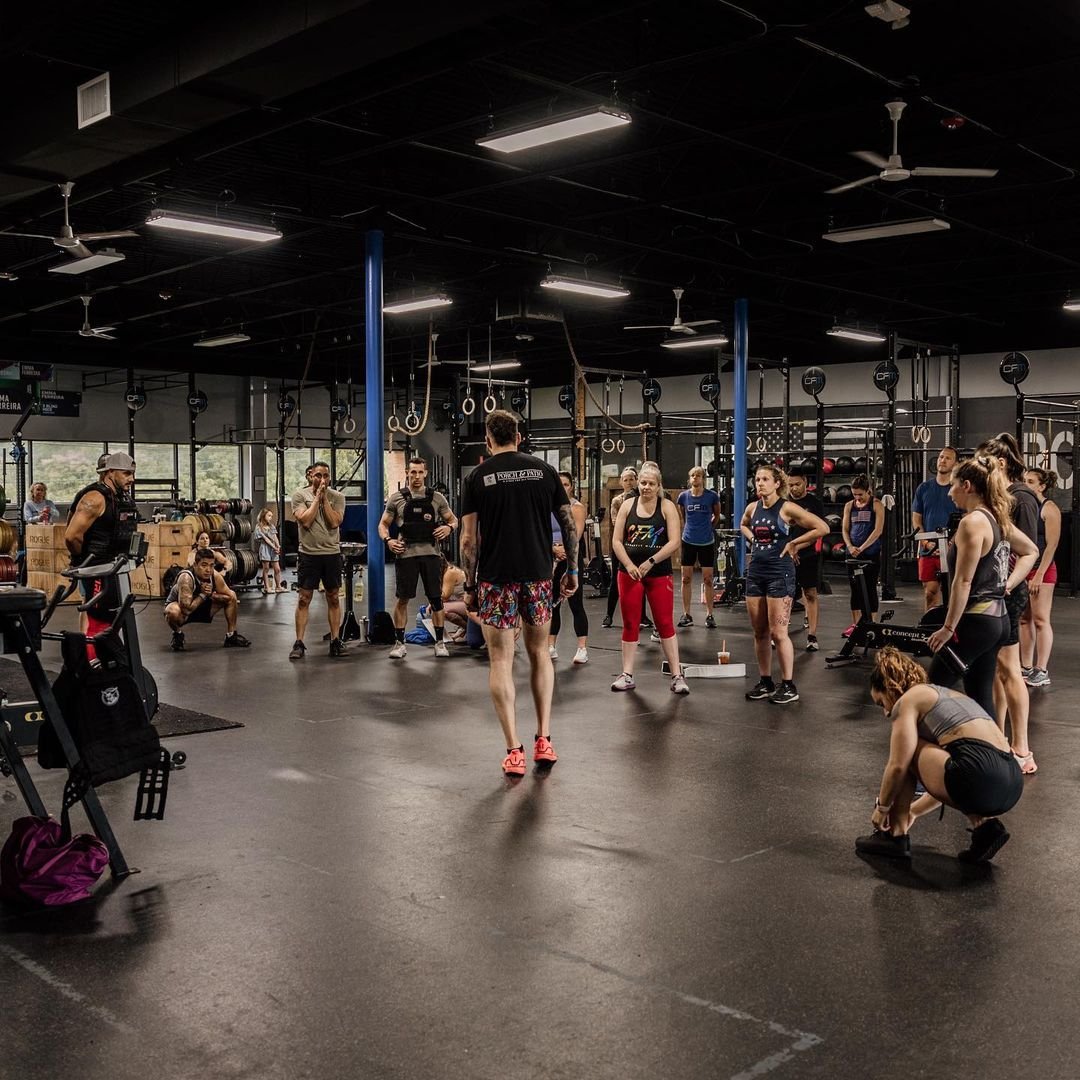How to Optimize Recovery In CrossFit & More
When considering all the ways that someone could maximize performance, one thing that is typically mentioned but maybe under-appreciated is recovery. That’s not to say that good behaviors around recovery do not exist, it’s that it seems to get an uneven amount of attention as compared to the actual training program.
To ensure that athletes can sustain the training that CrossFit requires, recovery has got to be treated as delicately as the X’s and O’s of the program. It’s what allows us to step into the gym each time and perform at the required intensities day-in and day-out. It’s these types of behaviors that, as a season goes on, help to not only keep you physically ready, but mentally sharp as well.
Here are some incredibly valuable recovery methods (most, if not all, of which are recognizable), as well as a couple strategies that can help increase your consistency with those methods.
1. Sleep:
If you were looking for something a bit ‘sexier’, then I hate to disappoint you. Getting adequate sleep is paramount to recharging the body. Going a bit further, getting to bed/waking up at the same time each day is also crucial if we want to get the most from our sleep. Although I am not going to get into the nitty-gritty of nighttime routines, there are plenty of ways to help down-regulate the body to help enhance those blissful hours in dreamland and they are definitely worth looking up.
2. Nutrition:
Whether you have a nutrition coach, use a meal service, meal prep, etc., make sure that you are getting enough macro and micronutrients in your diet to help support your training. Once the basics of your nutrition are handled, focusing on things like nutrition timing or supplements can be extremely valuable. These higher-level priorities can have a huge impact on your recovery and performance, but if they’re being included before things like adherence or energy balance then you’re not doing as much to help yourself as you think. Also – drink more water.
3. Tissue Quality:
For some, that may mean going to a massage therapist, for others, following a mobility routine or including something like foam rolling can help make aggressive training more sustainable. These methods help promote good joint health and movement and down-regulate the system which is needed while in a recovery state.
4. Program Design:
This one’s for you coaches. Making sure that intensity and volume are being managed falls on you. If they aren’t kept in check, then you’re leaving your athletes out to dry. To take it a step further, everyone responds to stress differently, so even though you think you have created a great plan, you still need to be checking in on your athletes regularly to make sure they are handling things the way you hoped. Waiting until the end of the cycle to find out that your athletes felt like s*** for most of their training doesn’t help anyone.
5. Ice Baths/Saunas:
Research has shown that incorporating one, if not both, can do a tremendous job at clearing metabolites which are the natural byproducts of training. Definitely a worthwhile addition.
6. Mindfulness Practices:
A mindfulness practice is anything that allows you to focus on yourself and how you are feeling, without judgment. The benefits of these practices range from ones affecting your emotional health all the way to your physical health. So it doesn’t matter if you decide to practice meditation, journal, or even go for a quiet hike – in doing so, you’ll find a sense of calm that helps you to relieve stress. Needless to say, this can have an impact away from training as well.
Strategies:
Like a training program, planning your recovery ahead of time is important. This will help to keep you honest, consistent, and will make it easier to adapt on the fly if things need to change. To do this, I highly suggest that individuals look ahead at their training schedules and based on the time they have in the day, the actual programming and accessibility to any of the different recovery methods – plan out what they can do and when. This could be anything from active cool downs, foam rolling, mobility routines, ice baths/saunas etc., it doesn’t matter. All that matters is that you take the time and plan ahead.
For those who are either inconsistent, do not pay attention to recovery, or even those that may hyper-focus on it – I encourage you to track how you are feeling at the start of each session or at the end of the day. This can be done by giving a number 1-10 with 10 being ‘feeling your best’ and 1 being the opposite. Do this for yourself and be on the lookout for any trends. For those of you who are inconsistent, I bet you’ll see that the days/nights following the incorporation of a recovery method make you feel better than the days you didn’t. Once you start to see these things, more or less objectively, it becomes a lot easier to create habits that support the ‘better’ behaviors.
Ready to work with coaches who are experts in CrossFit programming & recovery? Check out our Individual Design program or contact us to learn more.

